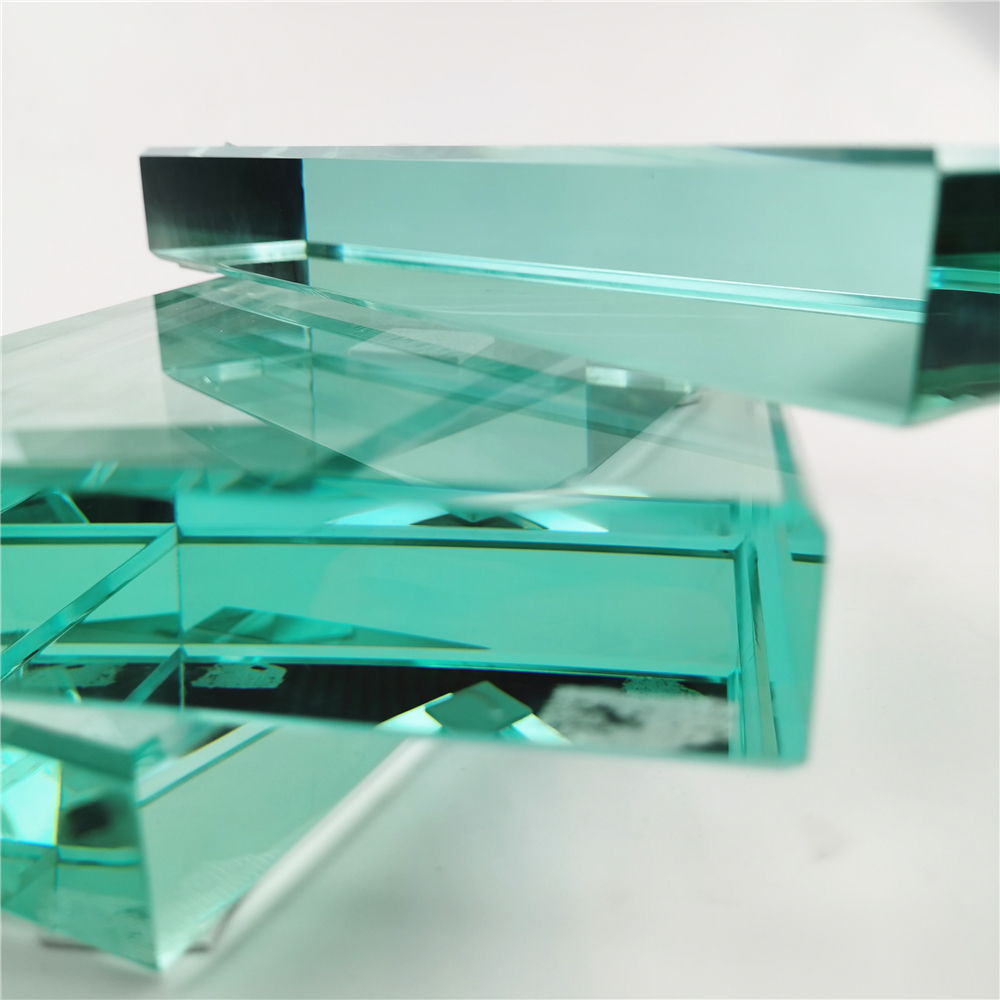

Xiao and his team predict that the glass globules would be abundant across the lunar highlands, providing promising sampling targets for future missions that could reveal the early impact history of the Moon.Ĭhang’e-4 launched on Dec. Later analysis revealed measurable water content in the beads.īut the glass found by Yutu-2 is different, say the researchers and they conclude that from “their unique morphology and local context suggest they are most likely impact glasses - quenched anorthositic impact melts produced during cratering events - rather than being of volcanic origin or delivered from other planetary bodies.”, the researchers said.

As the lava became exposed to the vacuum, it separated out into tiny fragments and froze, forming tiny beads of volcanic glass in orange and black colors. In the case of the Apollo 17 orange glass, analysis back on Earth revealed volcanic glass formed when molten lava from the interior of the Moon erupted, some 3 to 4 billion years ago, spewing up above the airless surface and into the vacuum of space. Orange soil (from volcanic glass beads) is clearly visible in this image from Apollo 17. Glass spherules can record important information about the mantle composition and the history of both lunar volcanism and impact cratering. For example, scientists found green beads in lunar soil collected by astronauts on the Apollo 15 mission in 1971, and the famous “orange soil” of Apollo 17 in 1972 was colored by glass beads.īoth volcanic and impact glasses on the Moon are formed by cooling of regolith that has experienced extreme heat. Studies of those beads indicated they were volcanic in origin, and they have different colors, depending on their chemical makeup. In the Apollo samples, tiny glass beads were found across several of the missions, but they were incredibly small, less than 1 millimeter. In the paper published in the Science Bulletin, Xiao said taking into account the location where the glass was found – in the South Pole Atkien basin at the lunar farside – and the local context of what is known about that region, they believe the beads are like most likely the result of large impacts to the Moon. Since the rover doesn’t have sampling capabilities and is not a sample return mission like it’s older sibling, the Chang-E-5 mission, there is no compositional data on the glass beads, only observational evidence. They beads were found by looking at panoramic images taken by the rover. Zhiyong Xiao, one of the lead scientific team members of the Chang’E-4 mission. While tiny glass beads have been found previously in lunar samples brought back by the Apollo astronauts, the ones found by Yutu-2 are much bigger and translucent. Scientists say China’s Yutu-2 rover, part of the Chang’E-4 mission, has found several small glass globules on the Moon’s far side.


 0 kommentar(er)
0 kommentar(er)
